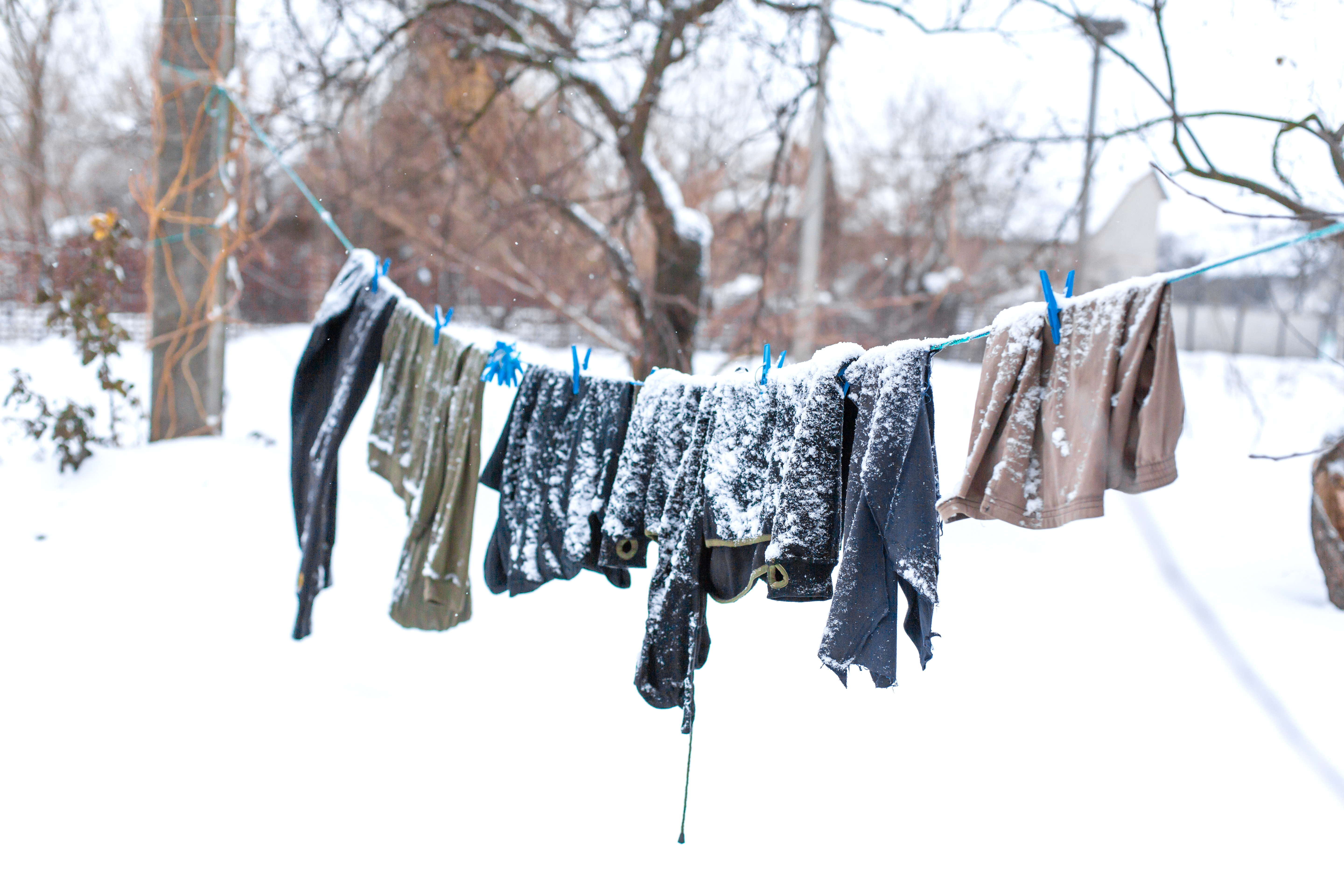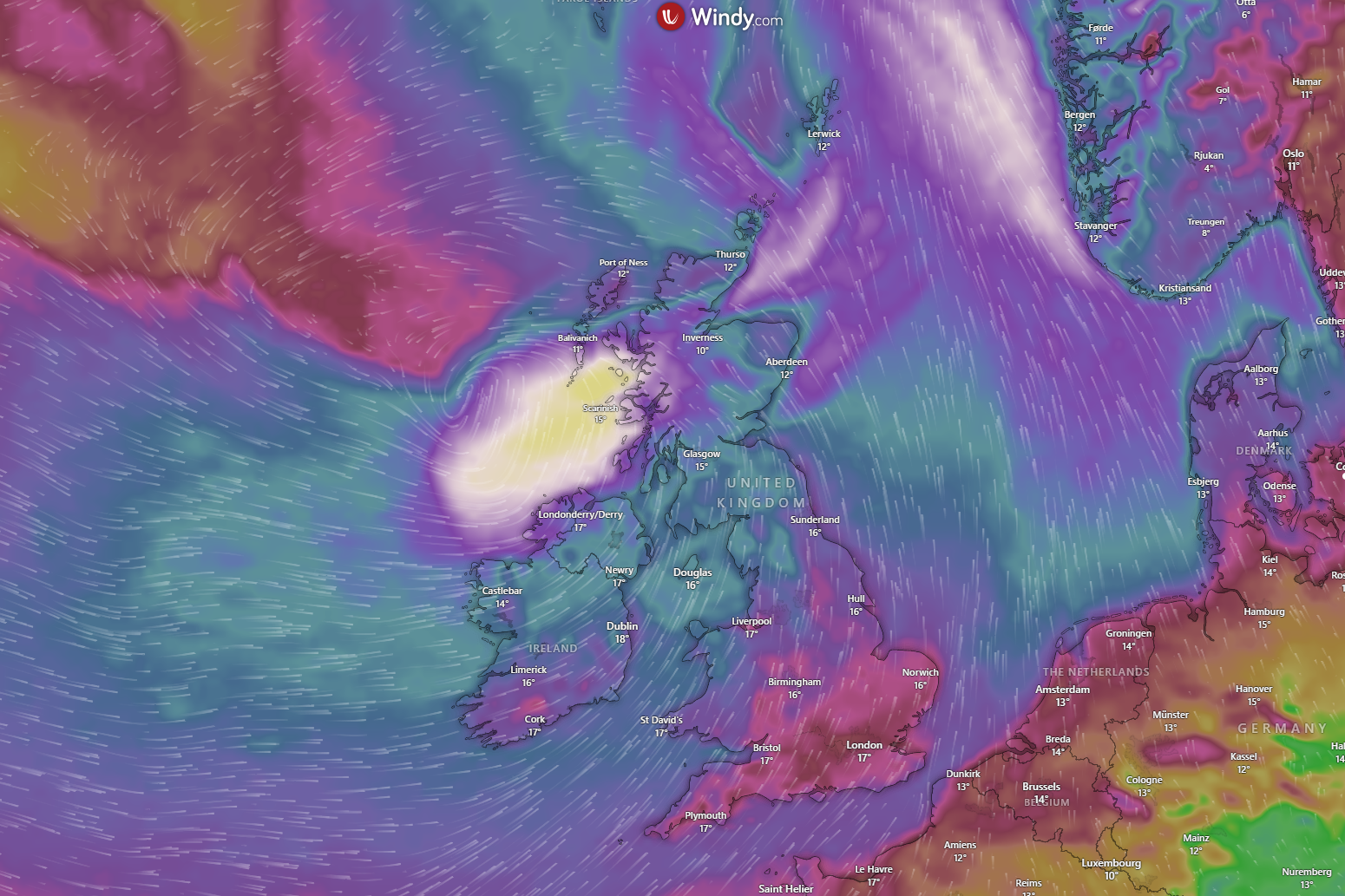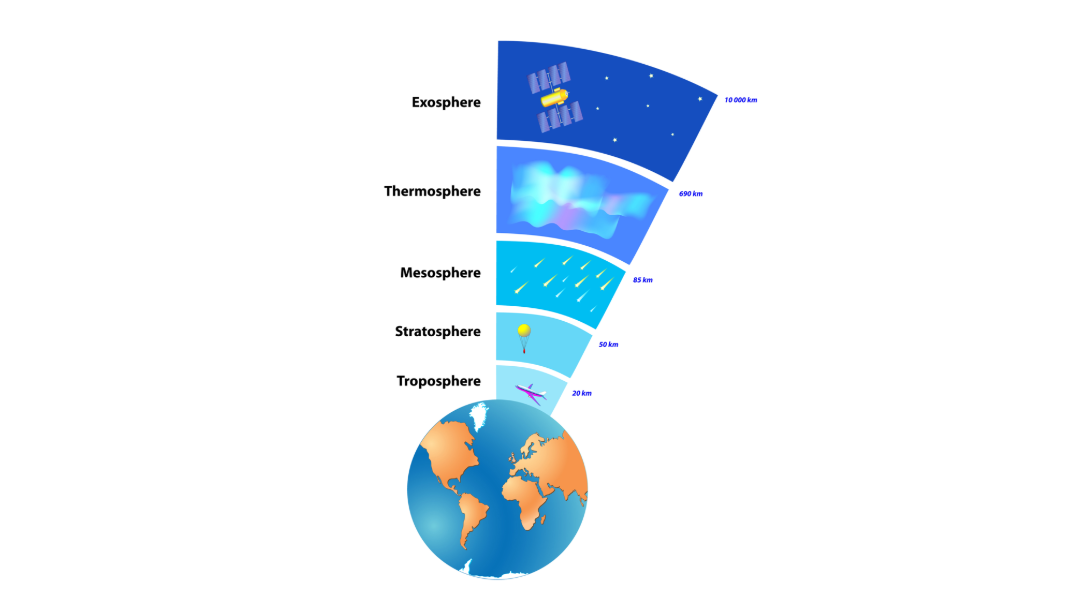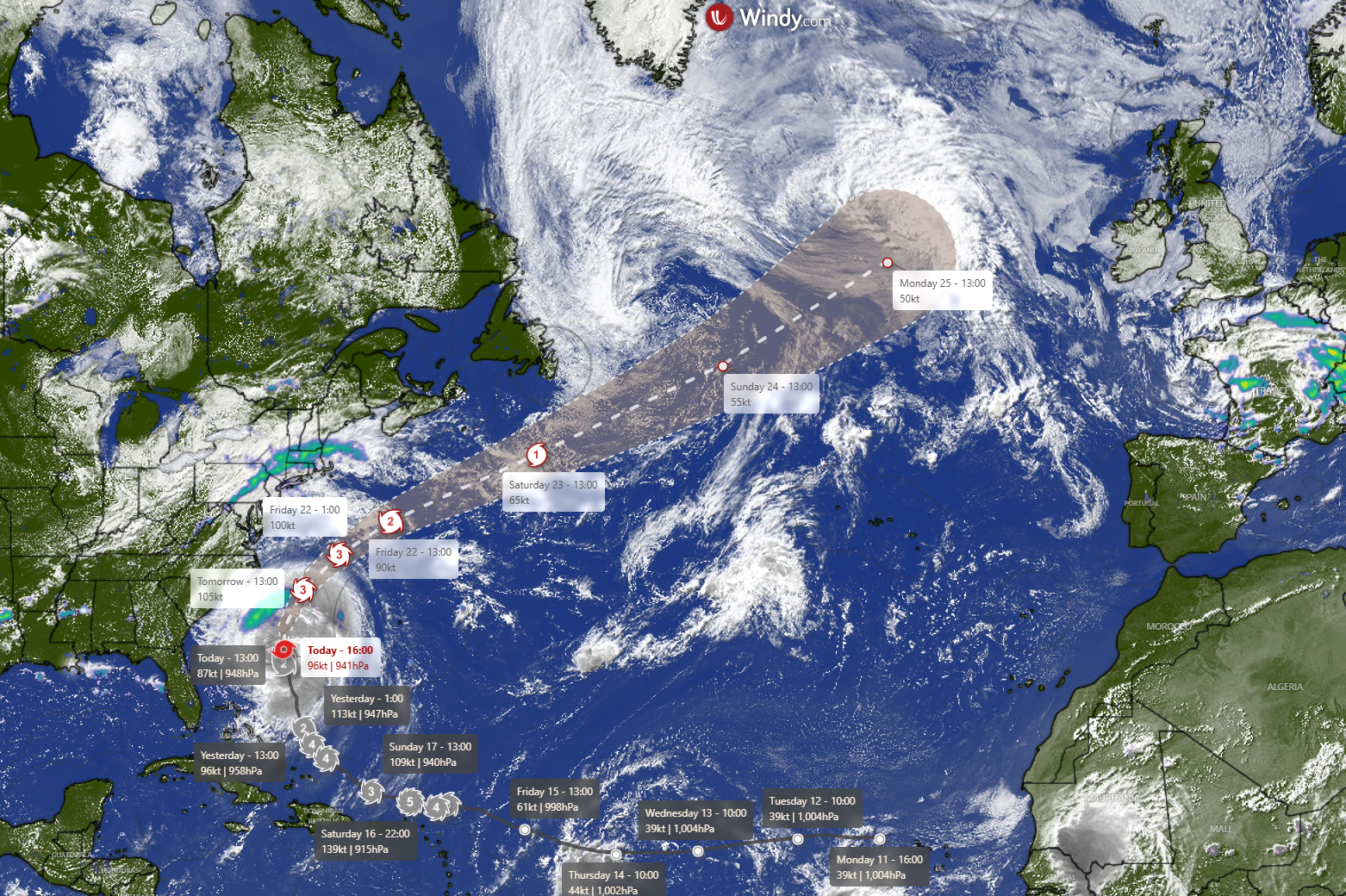

Ten ways to dry laundry outside all year round
by Kirsty McCabe, FRMetS
The British weather can be particularly challenging when it comes to hanging out your washing. Which is why many of us resort to using a tumble drier or struggle to find space in our homes for laundry to dry. And that means extra moisture in your walls and ceilings which can lead to problems with damp and mould.

Drying clothes outside is cheaper and healthier, as the sun's UV rays kill bacteria and dust mites, and can even bleach away stains.
But first, given that the air temperature doesn't have to be boiling for water molecules to evaporate, how do clothes dry? Let's start with what makes clothes wet — a combination of surface forces that causes liquid water to cling to the surface of clothes. If a liquid water molecule has enough energy to become a gas molecule, it is no longer subject to the same surface forces and can escape the clothing.

The amount of energy a molecule has depends on the temperature. The lower the temperature, the lower the average energy and there will be fewer molecules with enough energy to break the molecular bonds and evaporate. Hence clothes take longer to dry in cooler winter temperatures than in summer. But as long as the air is dry enough, water will slowly evaporate (or ice will sublime) even if the temperature is below freezing. In fact, clothes will dry faster on a cold and dry day than on a warm and humid day, especially if they are in direct sunlight.
So here are our MetMatters top tips for making the most of the environmental, economic and health benefits of drying clothes outside.
Timing
Hang clothes out in the morning to make the most of the sun's peak intensity, which usually occurs between 10am and 2pm. Keep an eye on the forecast and look for breaks in the weather. Even if there's only a short window of opportunity, pop your laundry outside for a quick air dry.In a spin
Add an extra spin cycle at the end of your wash to remove more water from your laundry, reducing the drying time. A faster spin cycle on your washing machine will also reduce moisture levels.Let the wind blow
Wind helps evaporate moisture more quickly, even on cooler days. Peg down your laundry and make the most of the breeze.Move it around
Use a portable drying rack/clothes airer that you can move around your garden to follow the sunshine or make the most of the wind.Switch things up
Rotating your clothes can help them dry more evenly. Maximise the surface area exposed to the wind and sun, and hang clothes so the thickest parts are at the top.Depths of winter
Even in winter, solar radiation can provide enough energy to dry clothes. If your laundry is frozen on the line, shake off as much snow or ice as possible and let the sun's rays get to work.Cover up
Create a covered drying area with open sides — this provides protection from rain and snow while still allowing the air to flow.Humidity is key
The moisture in your clothes has to evaporate into the air, so if it's too humid your washing will take longer to dry. Keep an eye on humidity levels and bring clothes in overnight to avoid dew or frost.Material matters
Darker clothes absorb more heat, so should dry faster. Synthetic or blended fabrics, such as polyster and nylon, generally dry faster than natural fibres like cotton or wool. So give the best spots on the line to thick, heavy natural fabrics in light colours to aid their drying times.- Wrinkle free
And finally, if you smooth out garments as you hang them and peg clothes at seams you'll avoid creating wrinkles or leaving marks in the fabric. Which, fingers crossed, means you won't need to iron!
Hopefully following our top tips will help you dry your laundry outside all year. If you have any tips or tricks we've missed then let us know.




